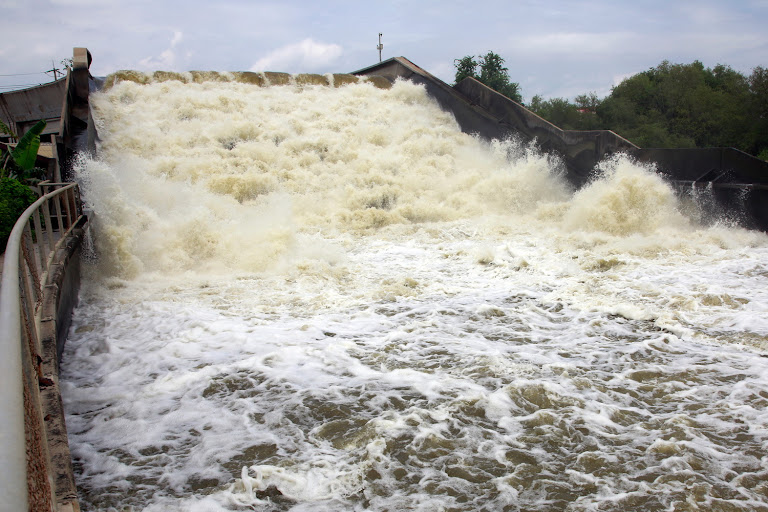Thailand Floods: Lamphun Residents Say Climate Change Claims Lives
Flash floods in northern Thailand swept away homes, leaving two missing, as a national water resources office issued warnings.

The news from Thailand, where a sudden surge of floodwaters in Lamphun province has left two people feared dead, is a stark reminder of the creeping normalcy of climate disaster. We read about the rising tides and the melting glaciers, but often miss the smaller, localized calamities that are becoming increasingly frequent. This isn’t just a story of a tragic accident; it’s a story about systems failing, about the inadequacy of our infrastructure and planning in the face of a rapidly changing world. It’s about how the abstract threat of climate change translates into the visceral reality of a family losing their home, and perhaps, loved ones.
What happened in Ban Huay Hom Nok village, where eight homes were damaged and two residents were swept away by the sudden surge, is a microcosm of a much larger problem. We’re living in an era of intensified weather events. Higher temperatures lead to increased evaporation, resulting in heavier rainfall and, in mountainous regions like Lamphun, flash flooding. The quick shift from knee-deep water to a deadly torrent, as described by the relative of the missing individuals, highlights the speed and unpredictability of these events. This challenges our existing infrastructure, which was often designed for a more stable climate, and our emergency preparedness systems, which often struggle to react in real-time.
Consider the ripple effects:
- The immediate human cost: the loss of life, the trauma for the survivors, the displacement of families.
- The economic damage: the destruction of homes, businesses, and infrastructure.
- The long-term implications: the disruption of livelihoods, the strain on local resources, the potential for future displacement.
This is not just a problem for Thailand; it’s a problem for the world. As the climate continues to change, we will see more and more of these localized disasters, each one a small tragedy that adds up to a global crisis.
The warning issued by the Office of National Water Resources (ONWR) for 23 provinces underscores the broader risk. The fact that these provinces span both the northern and southern regions of the country indicates a widespread vulnerability to these types of events. The call for emergency response plans is necessary, but it’s also a reactive measure. We need to think more proactively about how we adapt to a world of increased climate volatility. This means investing in more resilient infrastructure, developing better early warning systems, and, ultimately, addressing the root causes of climate change itself. The tragedy in Lamphun should not be just another headline; it should be a wake-up call.









